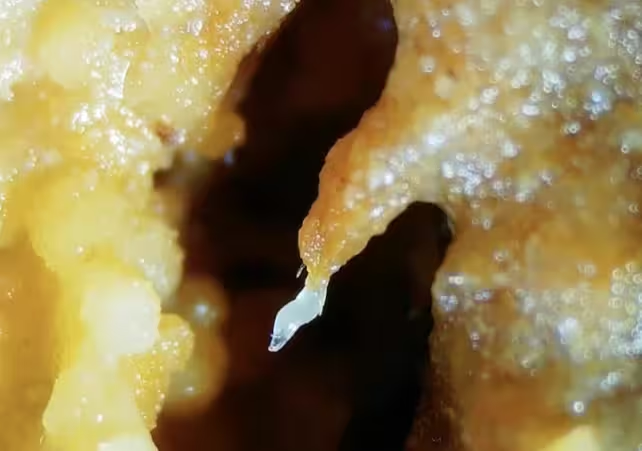4 Minutes
Uncovering Nature’s Ingenious Survival Strategies
In a groundbreaking discovery, scientists from the Max Planck Institute of Animal Behavior in Germany have revealed that certain worm species, specifically Caenorhabditis nematodes, construct living towers from their own bodies as a cooperative strategy to survive challenging environments. Previously observed only under sterile laboratory conditions, this remarkable behavior has now been documented in the wild, offering new insights into animal survival mechanisms and collective behavior in the natural world.
Scientific Context: Social Behavior Beyond the Swarm
Animals frequently exhibit extraordinary group behaviors to overcome environmental obstacles. Classic examples include ants forming living bridges and rafts, or spider mites sacrificing themselves for colony survival. Nematodes—minute, soil-dwelling roundworms—have joined this list of ‘biological architects’ through collaborative structures. Until recently, reports of these worms stacking themselves into towers to hitch rides on passing fruit flies were primarily anecdotal or restricted to artificially controlled laboratory setups.
The Experiment: Observing Worm Architecture in the Wild
To validate whether this survival strategy occurs naturally, researchers Serena Ding and Daniela Perez collected decaying apples and pears near the University of Konstanz during late summer and autumn. Using advanced digital microscopy, they meticulously studied the micro-ecosystems teeming within the decomposing fruit. What they witnessed was striking: large congregations of Caenorhabditis nematodes assembling into vertically organized clusters—literal towers—by stretching and linking their bodies atop one another.
Serena Ding, animal behaviorist and lead researcher, recalls, “Witnessing these natural towers for the first time was an exhilarating moment. For years, we believed such formations existed only within the laboratory or our imaginations, but now we see them as a genuine part of nematode ecology.”
The Dauer Stage: Evolution’s Answer to Harsh Environments
The behavior centers on a developmental phase known as the ‘dauer’ stage—a survival state in which nematodes halt aging and can withstand harsh conditions, such as overcrowding or limited food. These enduring juvenile worms congregate and use subtle appendages from rotting fruit to anchor their living towers. In a synchronized dance known as “nictation,” the nematodes sway back and forth, increasing their chances of attaching to a passing insect.

Strategic Implications: How Living Towers Facilitate Dispersal
Further observation and manipulation within petri dishes showed that these living towers are not only capable of bridging gaps within the substrate but that nematodes at the top—the so-called ‘penthouse dauers’—successfully grab onto fruit flies for carriage to more hospitable environments. “A nematode tower is not just a pile of worms,” notes biologist and study co-author Daniela Perez. “It acts as a coordinated superorganism, embodying complex, collective behavior in real time.”
Relevance to Broader Science: Collective Behavior and Future Research
The confirmation that Caenorhabditis species collaborate to escape adverse environments blurs conventional boundaries between solitary and social animals. This finding aligns worms with other social insects, like bees and ants, that show advanced colony-level adaptation. The team’s work—made possible by advances in genetic analysis and imaging technology—lays a foundation for future research into how these animal collectives organize themselves, the genetic regulation behind such cooperation, and possible evolutionary pressures at play.
As genetic tools improve and more is learned about the triggers and structure of nematode towers, researchers anticipate uncovering new diversity in behavior among the ‘architects’ at the base and those at the summit. Understanding these mechanisms can also inform wider ecological and evolutionary models of animal migration and cooperation.
Conclusion
The discovery that nematode worms assemble living towers as a survival strategy in natural habitats not only expands our understanding of collective animal behaviors but may reshape the way scientists think about sociality and environmental adaptation across species. As Serena Ding aptly summarizes, “Our study introduces a fascinating model for studying animal movement and cooperation—one that has been hiding, quite literally, right under our noses.” This revelation promises new avenues for biological research and highlights the often-overlooked complexity of the smallest inhabitants of our ecosystem.
Source: doi



Comments